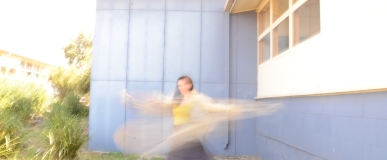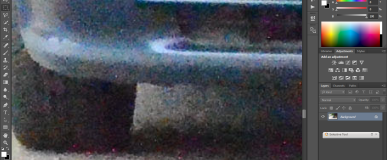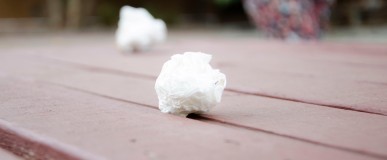There is no excerpt because this is a protected post.
Morphing
Morphing takes two separate images and enables, through the use of photoshop, one to combine them into one image: And here’s the final image: It’s a quick morph: it certainly is not a finished image. I’ve changed it to black and white to reduce how obvious the difference is in skin colours and the … Continue reading
C.D. Cover
This class gave me practice in resizing the image and adding text and using the paintbrush. This picture was taken at the National Gallery of Victoria’s water wall (hence the name of the “CD”).
Shutter Speed
Changing the shutter speed changes the perception of movement, allowing the photographer to capture movement. Long shutter speeds create a blurred image and short shutter speeds freeze movement. The image above was shot at f 3.5, ISO 100, 18mm focal length and a shutter speed of 1/250th of a second. As is evident, although the … Continue reading
I.S.O.
I.S.O. indicates how sensitive an analogue film is to light. The lower the number, the finer the grain. It’s a measurement of sensitivity to light for digital cameras too: as the I.S.O. increases, so too does the sensitivity. So lower I.S.O. is appropriate for well-lit situations. Higher I.S.O. is appropriate in less well lit situations, when … Continue reading
Depth of Field
This post is concerned with depth of field, illustrated by the image of my water bottle and some scrunched up paper. Shallow depth of field holds the main object (in the foreground) in focus, while blurring the background. It’s achieved by using a large aperture (i.e., a small f-stop) and placing the focal object quite close to … Continue reading





